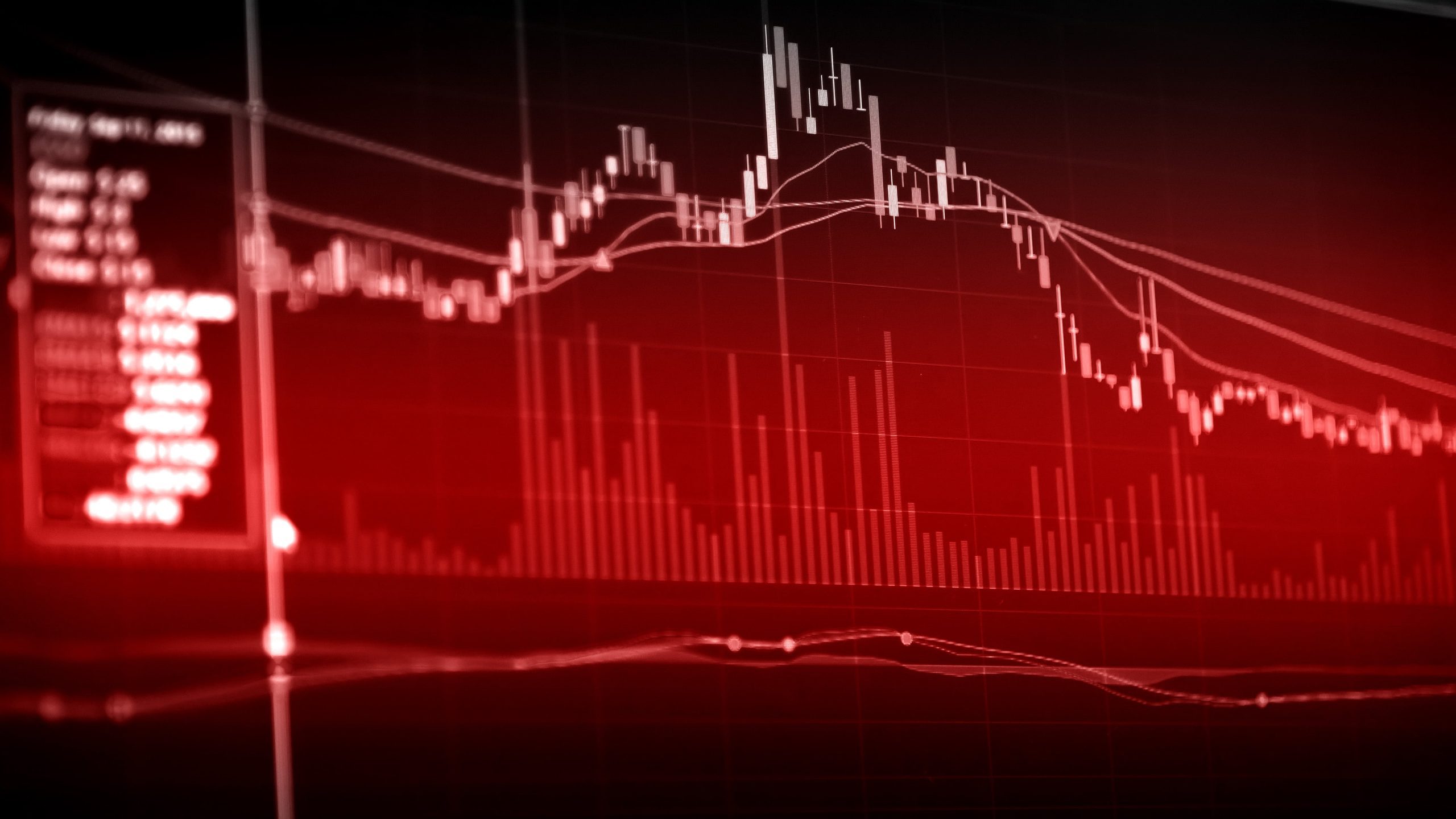European Stocks Face Worst Underperformance in 30 Years Amid Economic Strain
15.11.2024 10:30 1 min. read Kosta Gushterov
European stocks are experiencing their worst underperformance relative to the S&P 500 in nearly 30 years, with the U.S. index up over 25% while the Stoxx 600 has gained only 5%.
This widening gap comes despite past struggles in European markets but marks the largest margin since 1995. On November 12, the Stoxx 600 dropped 2%, led by a 4% loss in mining stocks.
Major European indices, including the CAC 40, FTSE 100, and DAX, also saw declines, with Germany’s Aurubis leading the losses.
Germany, in particular, is facing severe economic strain, with the industrial sector suffering its worst slump since the 2009 financial crisis.
Over 41% of German companies had a lack of orders in October, especially in automotive and chemical sectors. The economic pressure is worsened by Trump’s victory, with some analysts predicting worsening U.S.-Germany relations.
Looking ahead, the European market may face more challenges due to Trump’s proposed tariff hikes, which could further hurt the region, especially amid ongoing U.S.-China trade tensions. Analysts forecast Europe will continue to lag behind the U.S. in 2024, with the impact of these global trade disputes weighing heavily on its economy.
-
1
U.S. PCE Inflation Rises for First Time Since February, Fed Rate Cut Likely Delayed
27.06.2025 18:00 1 min. read -
2
Key U.S. Economic Events to Watch Next Week
06.07.2025 19:00 2 min. read -
3
Gold Beats U.S. Stock Market Over 25 Years, Even With Dividends Included
13.07.2025 15:00 1 min. read -
4
U.S. Announces Sweeping New Tariffs on 30+ Countries
12.07.2025 16:30 2 min. read -
5
US Inflation Heats Up in June, Fueling Uncertainty Around Fed Cuts
15.07.2025 16:15 2 min. read
BitGo Files Confidentially for IPO With SEC
BitGo Holdings, Inc. has taken a key step toward becoming a publicly traded company by confidentially submitting a draft registration statement on Form S-1 to the U.S. Securities and Exchange Commission (SEC).
Crypto Greed Index Stays Elevated for 9 Days — What it Signals Next?
The crypto market continues to flash bullish signals, with the CMC Fear & Greed Index holding at 67 despite a minor pullback from yesterday.
U.S. Public Pension Giant Boosts Palantir and Strategy Holdings in Q2
According to a report by Barron’s, the Ohio Public Employees Retirement System (OPERS) made notable adjustments to its portfolio in Q2 2025, significantly increasing exposure to Palantir and Strategy while cutting back on Lyft.
Key Crypto Events to Watch in the Next Months
As crypto markets gain momentum heading into the second half of 2025, a series of pivotal regulatory and macroeconomic events are poised to shape sentiment, liquidity, and price action across the space.
-
1
U.S. PCE Inflation Rises for First Time Since February, Fed Rate Cut Likely Delayed
27.06.2025 18:00 1 min. read -
2
Key U.S. Economic Events to Watch Next Week
06.07.2025 19:00 2 min. read -
3
Gold Beats U.S. Stock Market Over 25 Years, Even With Dividends Included
13.07.2025 15:00 1 min. read -
4
U.S. Announces Sweeping New Tariffs on 30+ Countries
12.07.2025 16:30 2 min. read -
5
US Inflation Heats Up in June, Fueling Uncertainty Around Fed Cuts
15.07.2025 16:15 2 min. read


